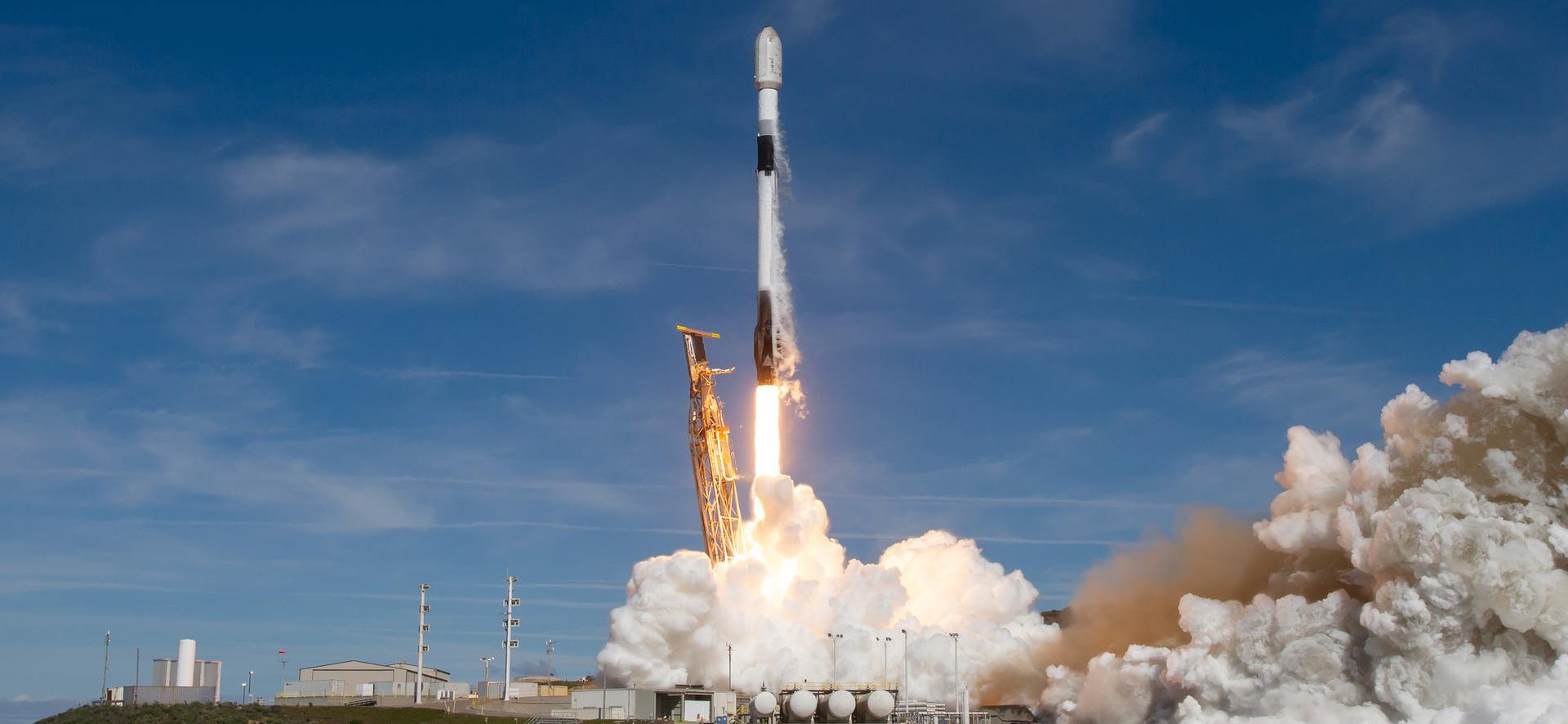This is just a friendly reminder as I'm sure a lot of you are aware of this happening in March:
Space Machines Company has announced the successful completion of Optimus - Australia’s largest-ever private satellite

asiapacificdefencereporter.com
"Space Machines Company has announced the successful completion of Optimus, Australia’s largest-ever private satellite and the company’s first Orbital Servicing Vehicle (OSV)."
"ANT61, which is building the robotic workforce for space infrastructure deployment, maintenance and resource utilisation, is also joining the mission aboard Optimus.
ANT61 will demonstrate the world’s first neuromorphic computer at the heart of the autonomous robotics technology enabling future in-orbit docking and refuelling missions, paving the way for the Sydney-based company and their partners to conquer the global $10B in-orbit servicing market and eventually deploying the construction workforce for the international lunar base and beyond."
"Space Machines’ Optimus will launch as part of SpaceX’s Transporter-10 mission
no earlier than March 2024 from Vandenberg Space Force Base in California."
Akida is about to head into space

..........................................................



